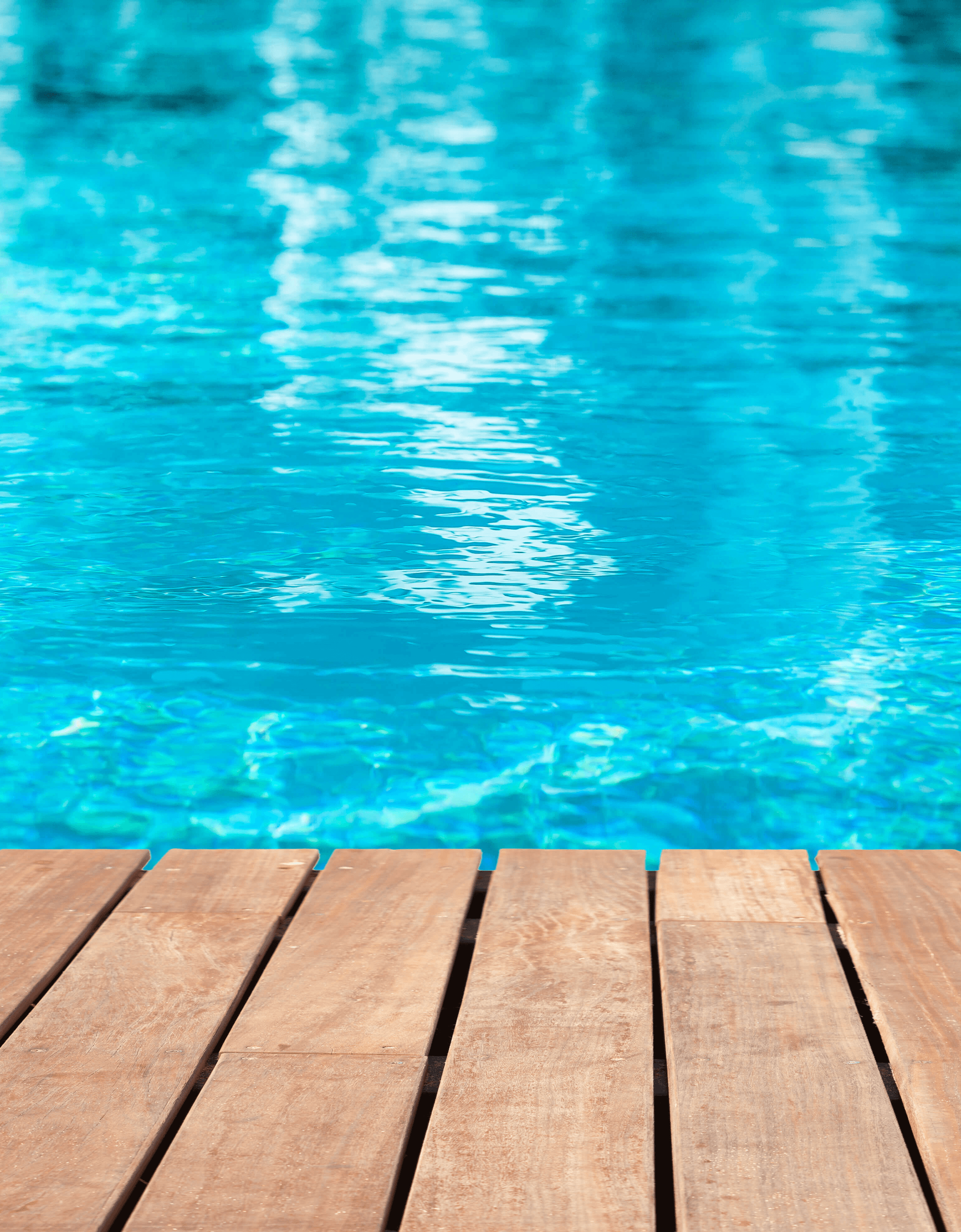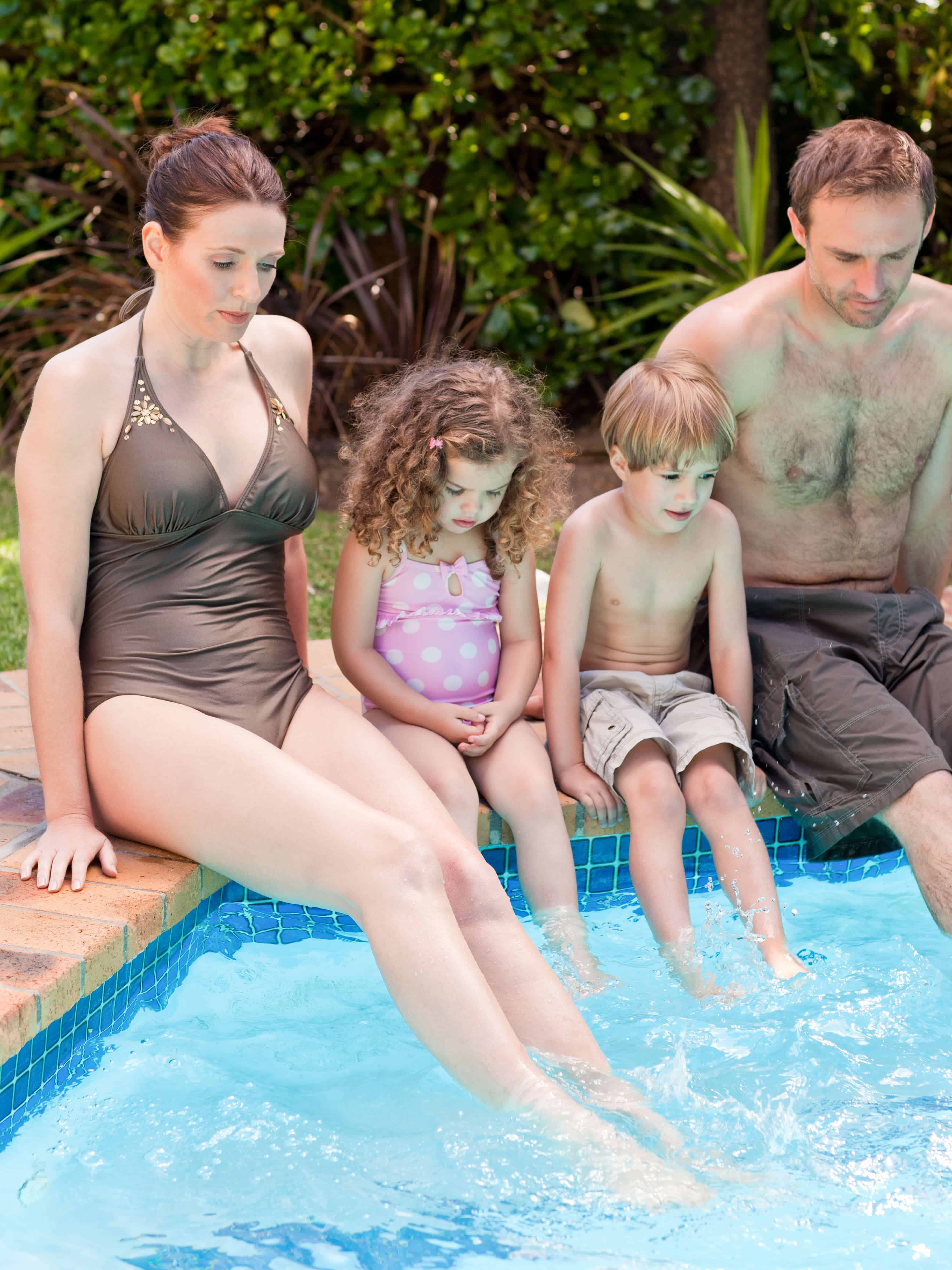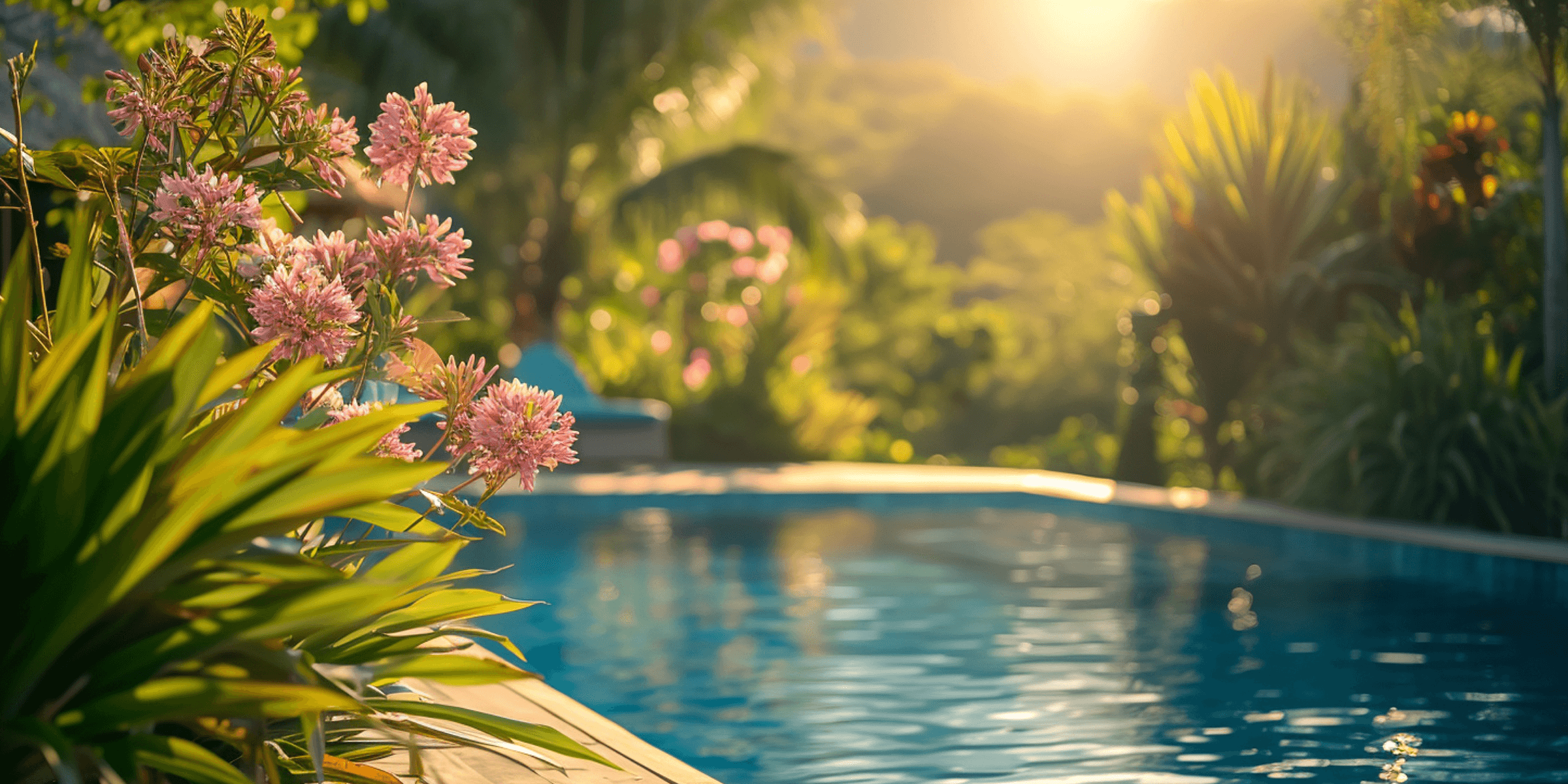Cloudy pool water is a frustrating problem for any pool owner. It’s not only uninviting but can also indicate underlying issues that must be addressed.
This blog post will explain why your pool water might be cloudy, provide clear steps to fix it, and offer practical tips to prevent it from happening again. We’ll cover everything from chemical imbalances and filtration problems to algae growth and other common causes.
By the end, you will have the knowledge to restore your pool to its pristine state and maintain it that way.

What is Cloudy Pool Water?
What is Cloudy Pool Water?
Cloudy pool water is more than just an aesthetic issue; it’s a visual indicator that something isn’t quite right with your pool’s balance and overall health.
Instead of the clear, inviting water you expect, cloudy water appears hazy, murky, or even milky. You might not be able to see the bottom of the pool clearly, or objects submerged just below the surface might appear blurry. This lack of clarity isn’t just unpleasant to look at; it can also be a sign of underlying problems that, if left unchecked, can lead to more serious issues.
While specific causes like chemical imbalances and filtration problems will be discussed in detail later, it’s important to understand that the very presence of cloudy water signals a disruption in the delicate balance of your pool’s ecosystem.
How to Fix Cloudy Pool Water
Discovering your pool water is cloudy can be frustrating, but thankfully, it’s usually a fixable problem.
Here’s a step-by-step guide to get your pool back to its sparkling best:


Preventing Cloudy Pool Water in the Future
While fixing cloudy water is important, preventing it in the first place is even better. Consistent maintenance and preventative measures will save you time, effort, and frustration in the long run.
Here’s how to keep your pool clean and clear:
Is it Safe to Swim in Cloudy Pool Water?
The short answer is, generally, no. While a little cloudiness might seem harmless, it’s a red flag that something is off with your pool’s chemistry and sanitation. Swimming in cloudy water can pose several health risks and should be avoided until the underlying problem is identified and corrected.
Cloudy water often indicates the presence of contaminants that can cause various health issues.
These can include:
- Bacteria and germs: Cloudy water can harbour harmful bacteria like E. coli and Cryptosporidium, which can cause gastrointestinal problems, such as stomach cramps, diarrhea, and vomiting.
- Irritants: Imbalances in pH and other chemicals can irritate your skin and eyes, leading to redness, itching, and discomfort.
- Algae: While some algae are relatively harmless, others can cause skin rashes and other irritations. The presence of algae, even in small amounts, indicates inadequate sanitation.
Because you can’t see clearly in cloudy water, there’s also an increased risk of accidents, especially for children. It can be difficult to spot someone in distress or see objects at the bottom of the pool.
It’s recommended to avoid swimming in cloudy pool water until you’ve identified the cause of the cloudiness, corrected any chemical imbalances, and ensured proper sanitation.
Once your pool is clear and the water is properly balanced, it’s safe to resume swimming.

FAQs About Why is My Pool Cloudy
To clear a cloudy pool, start by testing the water to determine if there are chemical imbalances such as low chlorine levels, high pH, high cyanuric acid or improper alkalinity. Adjust these levels as necessary using the appropriate pool chemicals.
Next, check that the pool’s filtration system is functioning correctly by cleaning or backwashing the filter. Shock the pool with a chlorine-based or non-chlorine shock treatment to eliminate organic contaminants.
Finally, use a pool clarifier to help bind small particles and allow them to be removed by the filter system.
Yes, an excessive amount of chlorine can make your pool cloudy.
High levels of chlorine can lead to a condition known as calcium precipitation, where calcium in the water forms small particles that can cloud the pool.
Additionally, over-chlorination can disrupt the overall chemical balance of the pool water, compounding clarity issues. Regular testing and balancing of chlorine levels are essential to maintaining clear pool water.
The number one cause of cloudy pool water is poor filtration or inadequate circulation. When the filtration system is not properly removing debris, dirt, and other fine particles, these accumulate in the water and create a hazy or cloudy appearance. Routine maintenance of the pool filter and pump system is critical to preventing and resolving this common issue.
Yes, rainwater can contribute to cloudy pool water, particularly after heavy rainfall.
Rain often introduces contaminants such as dirt, debris, and organic matter into the pool, which can overwhelm the filtration system and affect water clarity.
Additionally, rainwater can dilute pool chemicals, disrupting pH balance and sanitiser levels, which may further exacerbate cloudiness.
Restore and Maintain Sparkling Pool Water With Hy-Clor’s Expert Solutions
Many pool owners ask, “Why is my pool suddenly cloudy?” Common culprits include rain, chemical imbalances, or algae growth. Fortunately, restoring your pool’s glimmering sparkle is simple with the right solutions.
From pool clarifiers to powerful algaecides, Hy-Clor has everything you need! Our test kits help you easily check pH, chlorine, and other levels, while free water testing kiosks and a handy mobile app provide personalised chemical advice.
Explore Hy-Clor’s extensive range of pool care solutions designed to make pool maintenance simple and stress-free.
For assistance, contact our team of experts and take the first step towards achieving a pristine and inviting pool water year-round.




